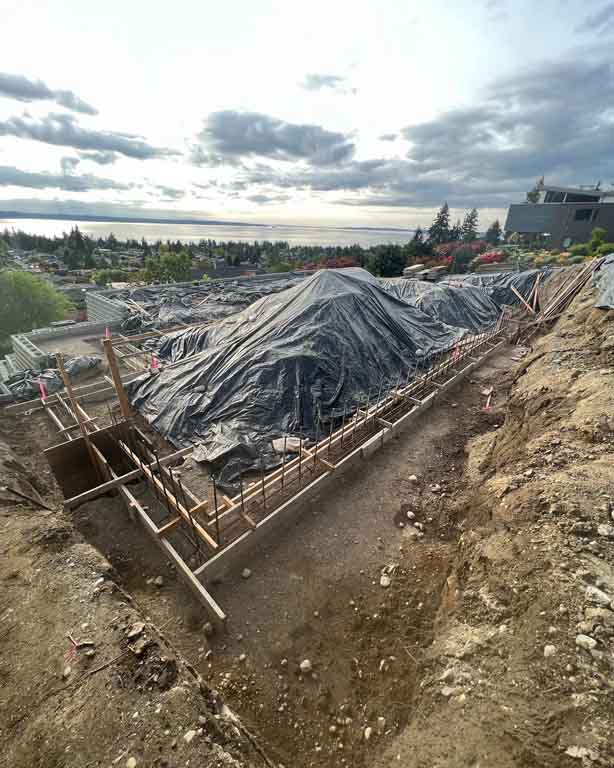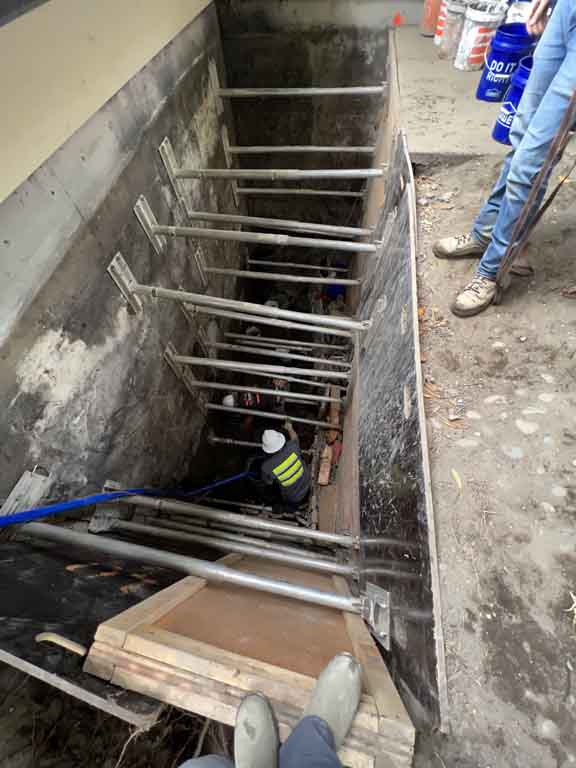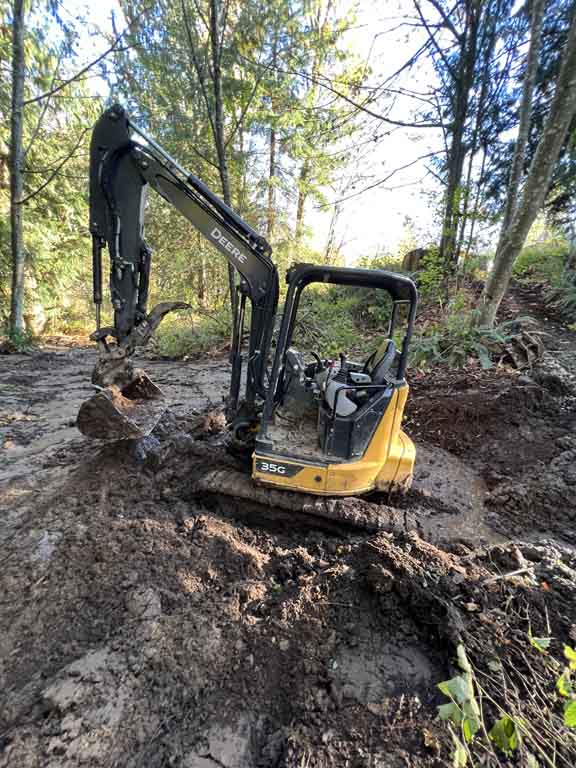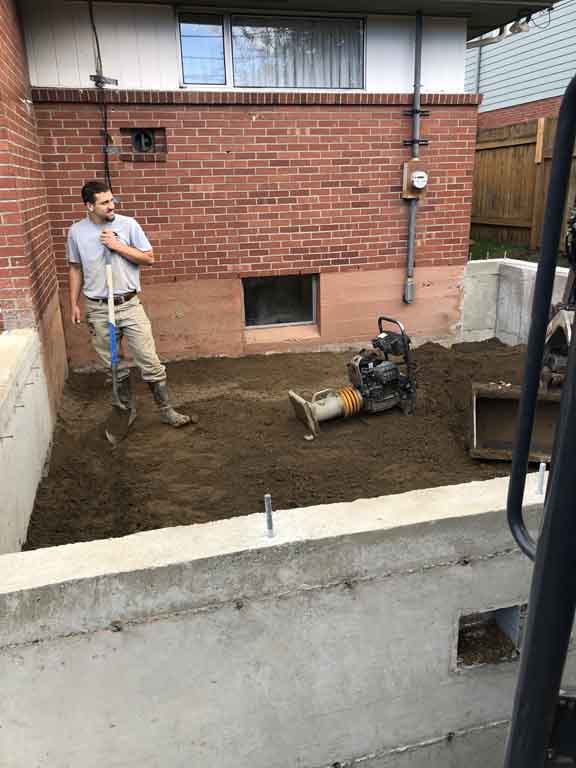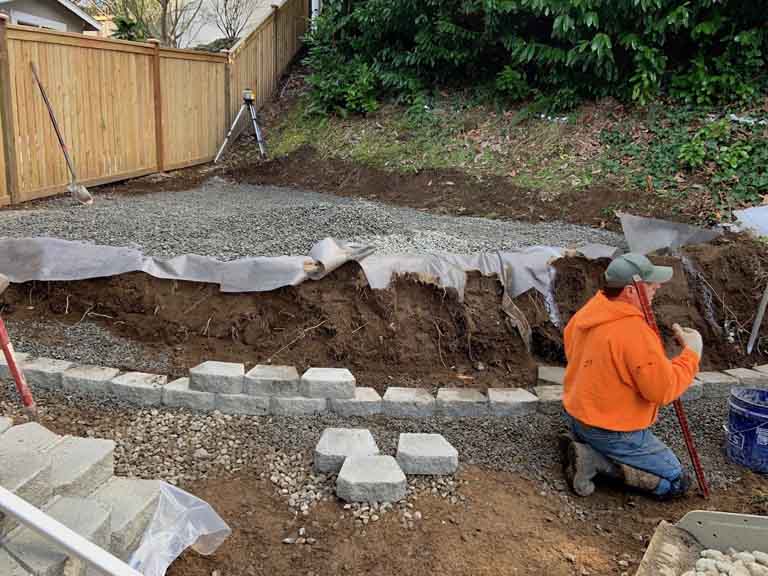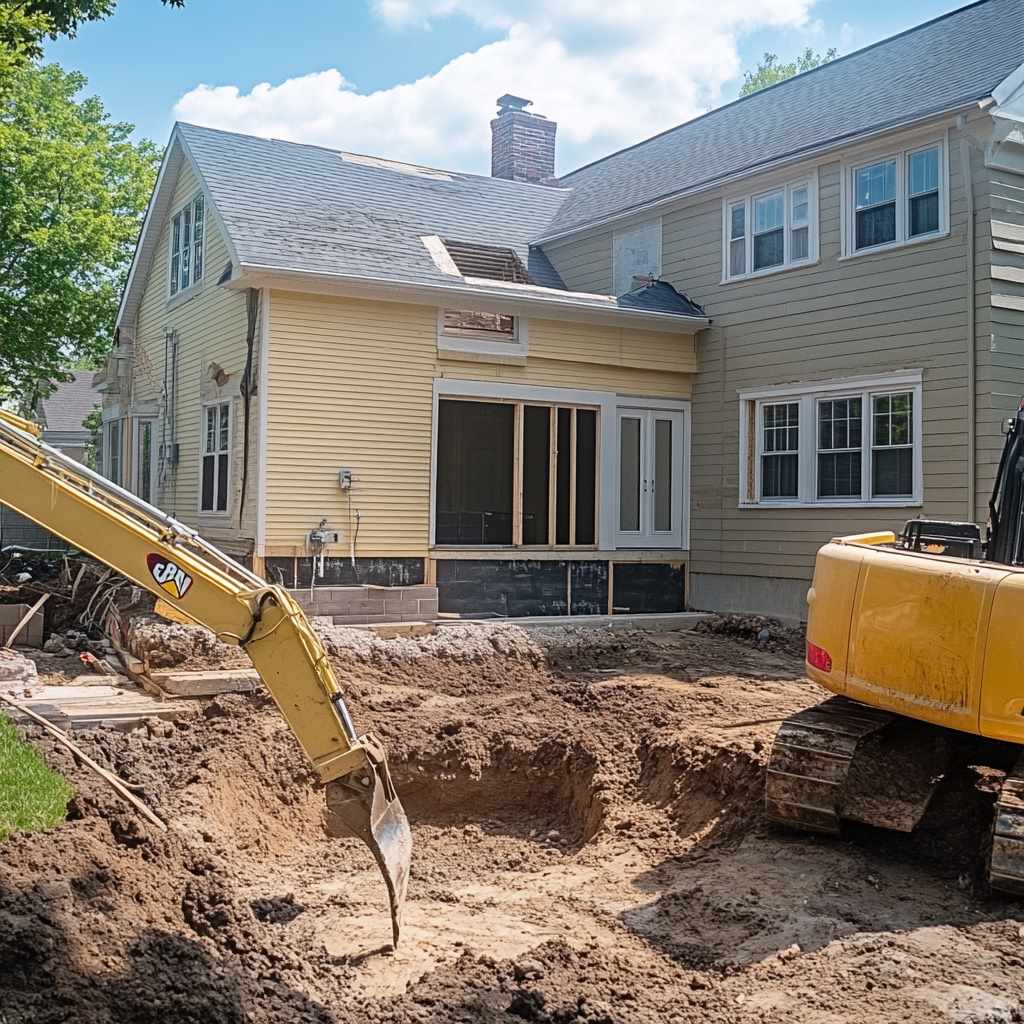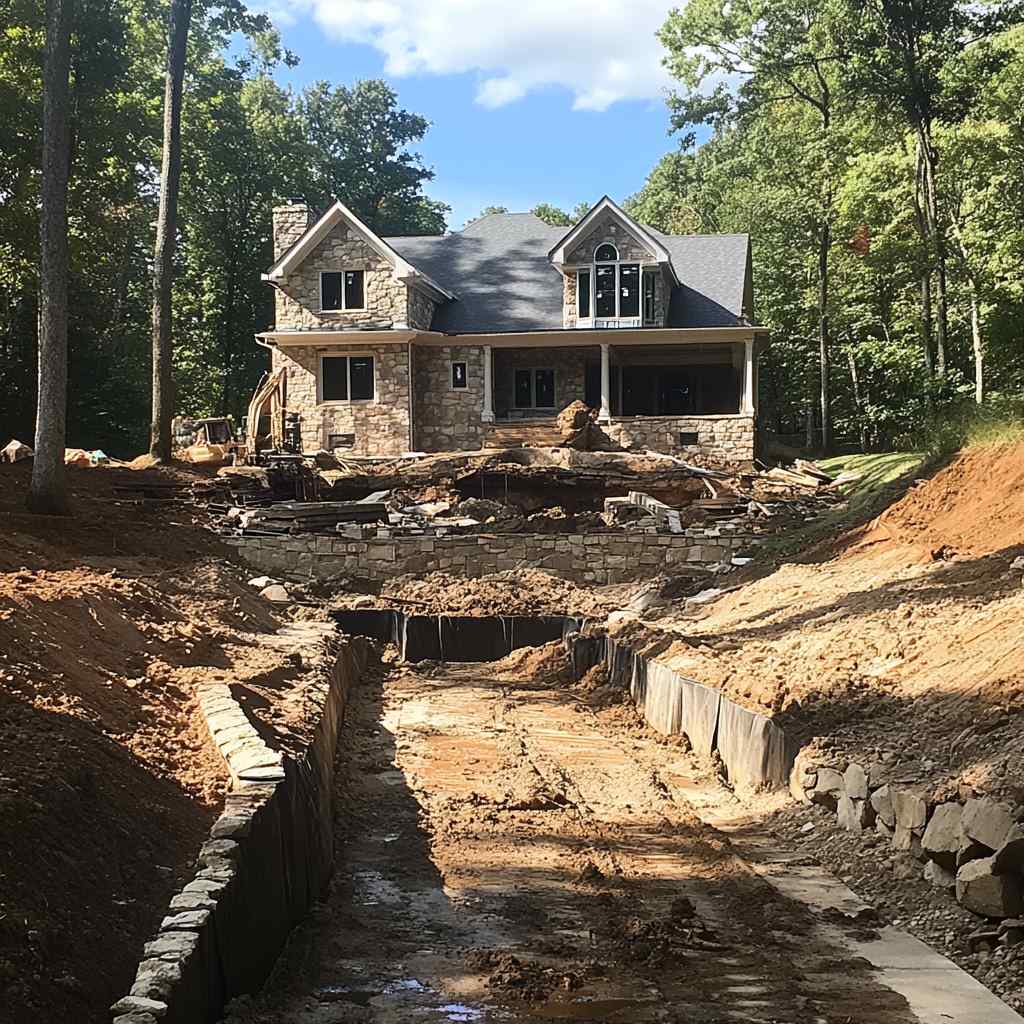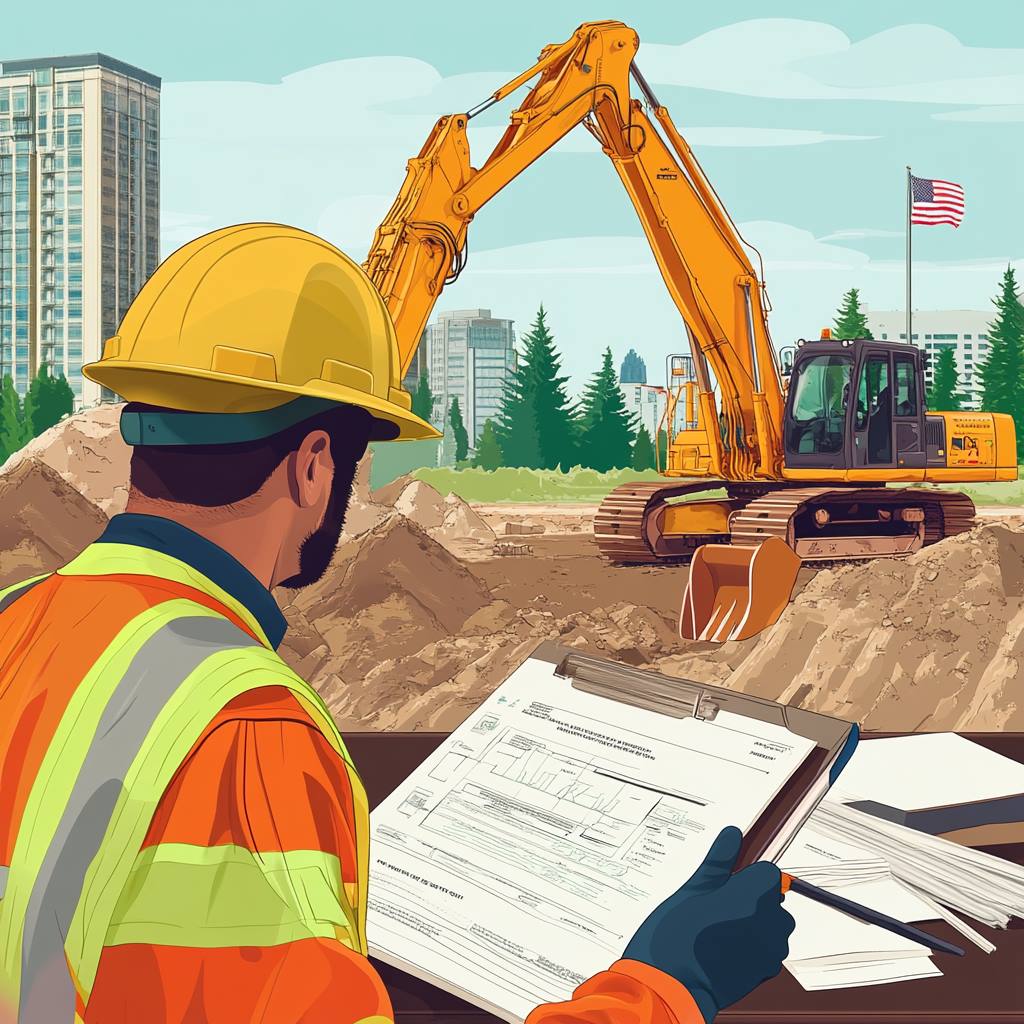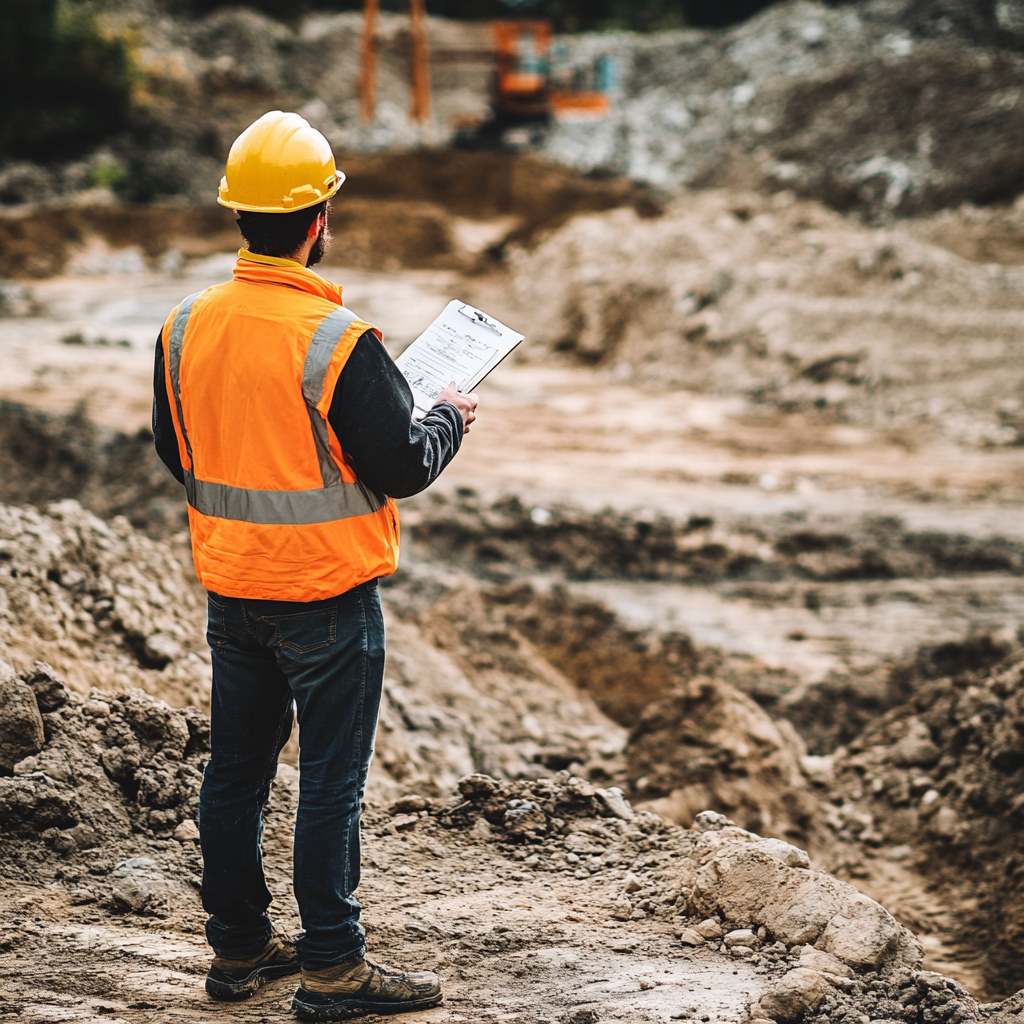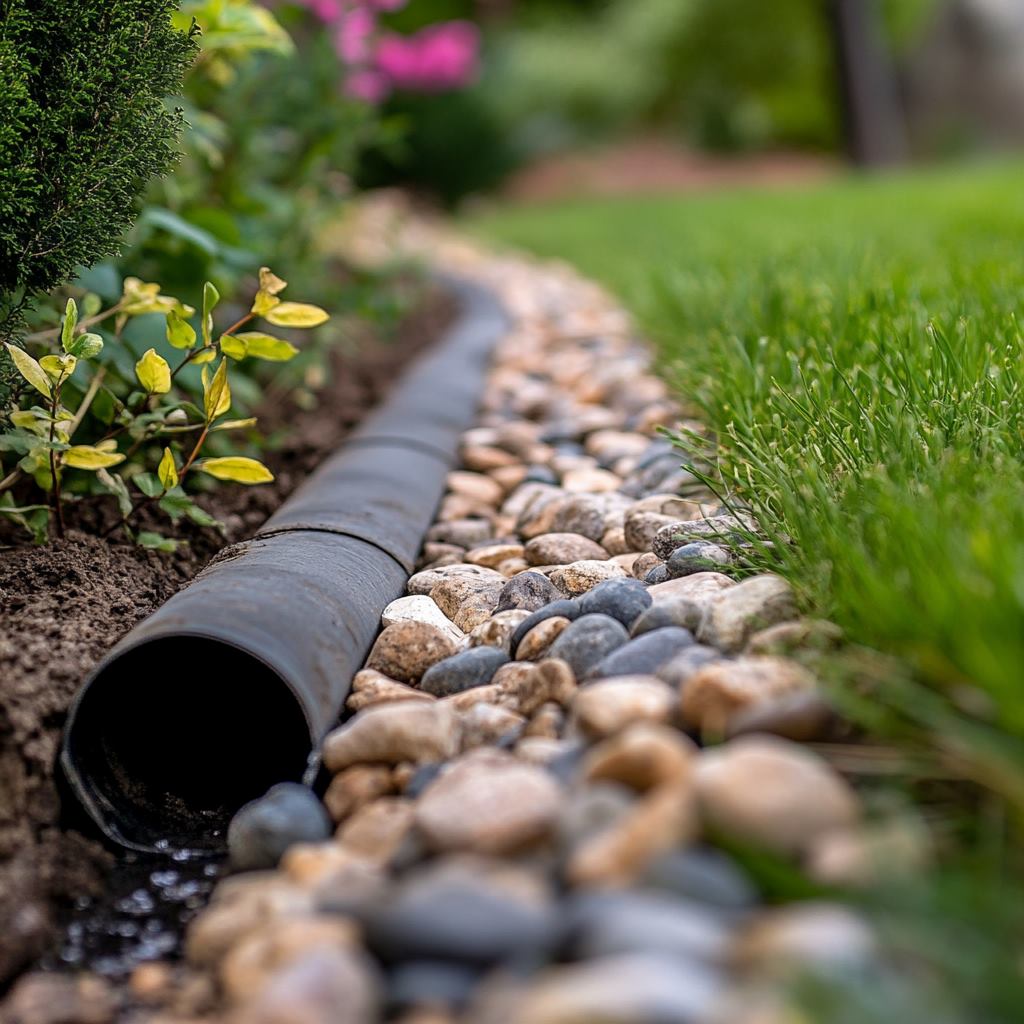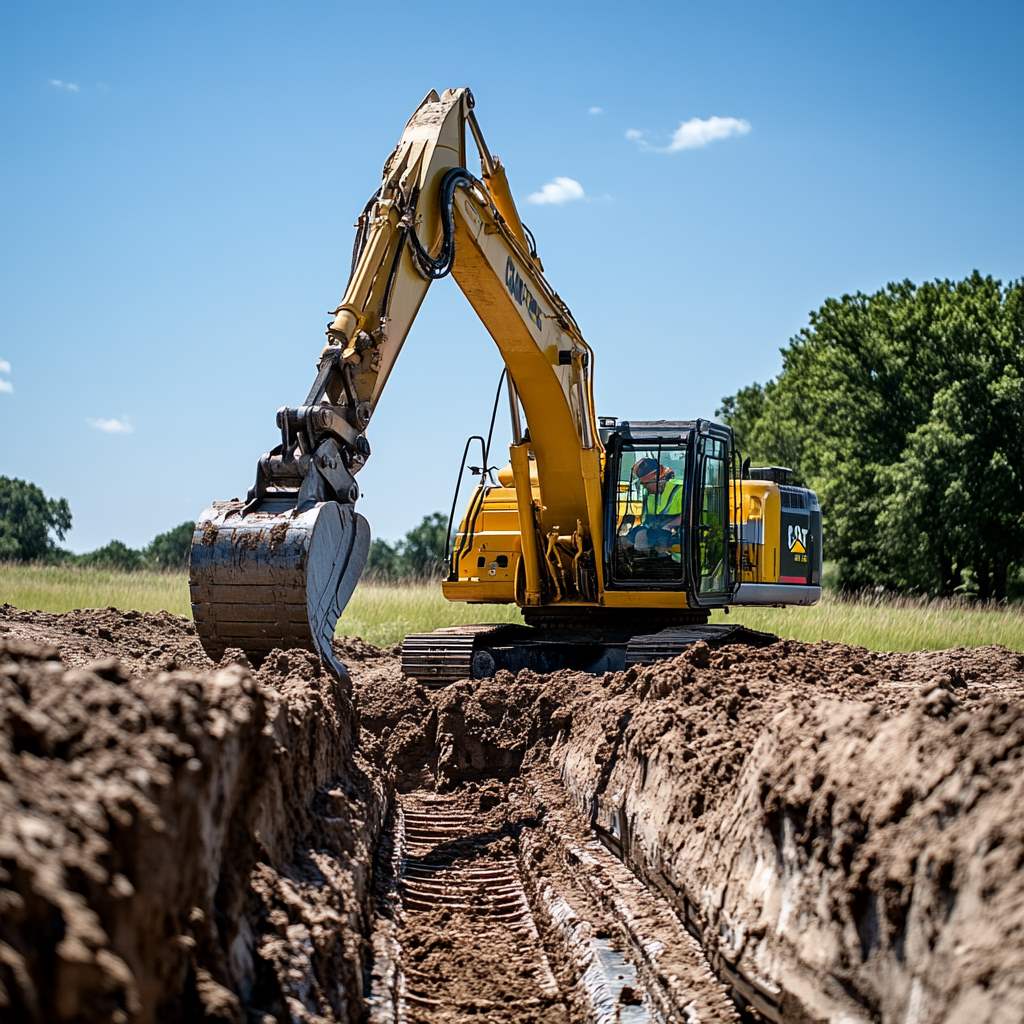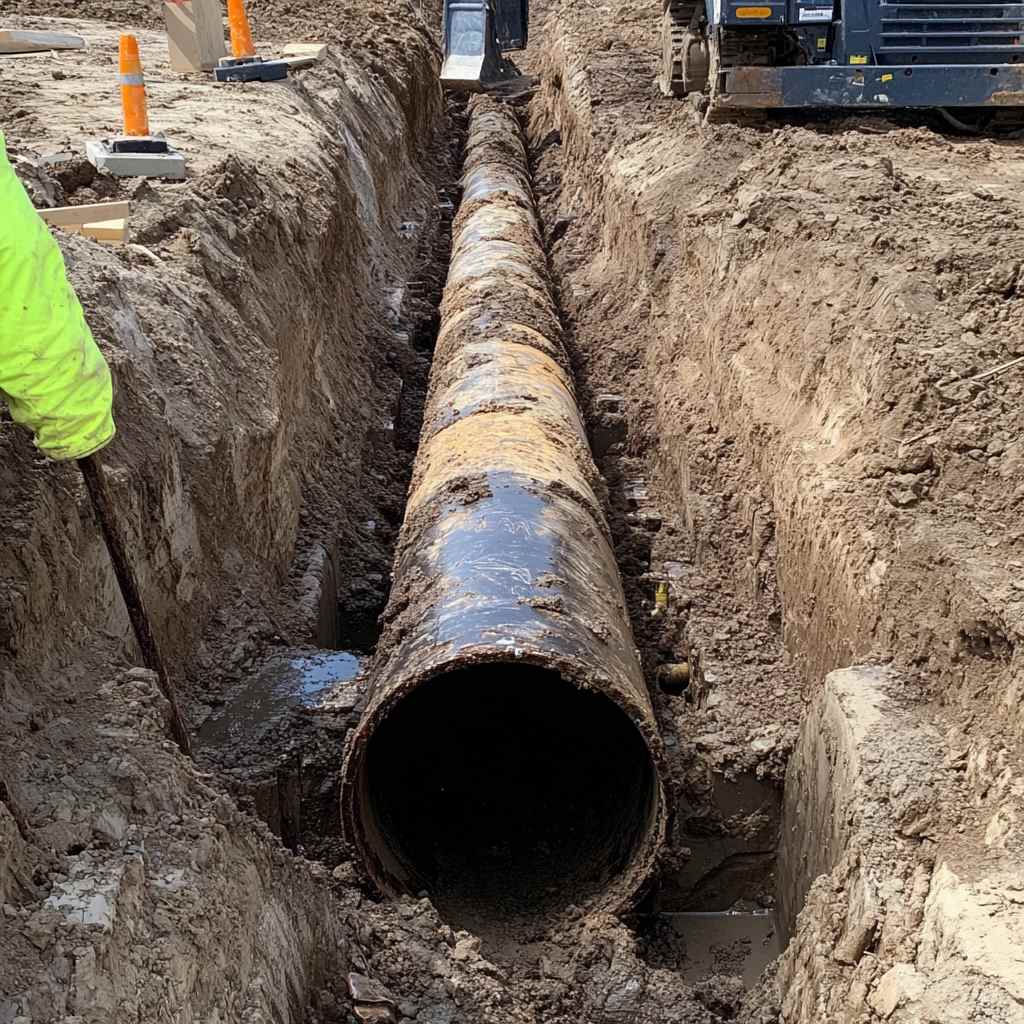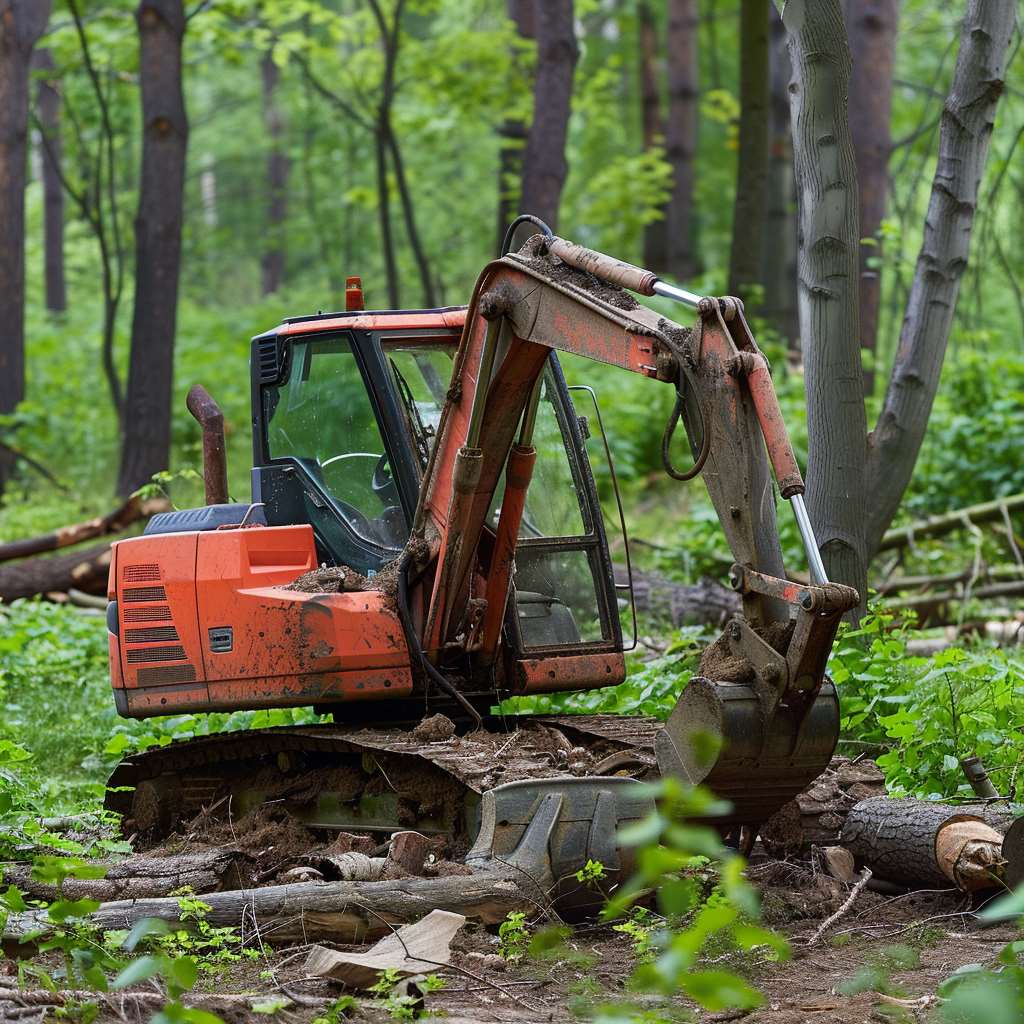Excavation walls play a vital role in construction by keeping sites safe, stable, and compliant with local laws. These walls act as protective barriers, preventing soil from caving in and protecting both workers and surrounding structures. They are especially critical in urban environments where excavation often takes place close to existing buildings, utilities, and roads.
In-Depth Excavation understands that no two sites are the same and approaches every project with a custom plan, whether dealing with soft soil, steep slopes, or complex underground infrastructure. By selecting the right type of wall and installation method, they keep projects running smoothly and prevent costly delays or hazards.
What is an Excavation Wall?
An excavation wall is a temporary or permanent barrier built to hold back soil and prevent collapse while work is happening below ground. These walls provide essential support, especially when excavation is done close to buildings, roads, or public areas where safety is a top priority. They are a fundamental part of any project that involves digging deep or working in unstable soil.
When and Why is an Excavation Wall Used?
Excavation walls are used when a site needs extra support to maintain stability. This is common in urban areas with nearby structures, on sites with loose or shifting soil, or where excavation goes deeper than a few feet. These walls help prevent cave-ins, protect surrounding infrastructure, and are often required to meet legal and environmental standards. The right wall system ensures that excavation work can be carried out safely and with minimal disruption to nearby properties or workers.
Different Types of Excavation Walls
There are several types of excavation walls, each designed for different site conditions:
Sheet Piling: Thin sheets of steel, vinyl, or wood are driven into the ground to create a solid barrier. This method is popular near water or roadways and is often used for temporary works or cofferdams.
Secant Pile Walls: Overlapping concrete piles reinforced with steel form a continuous wall, making this method ideal for deep excavations or where groundwater needs to be controlled.
Diaphragm (Slurry) Walls: Built by excavating a trench filled with slurry to keep it stable, then filling it with reinforced concrete. These are excellent for permanent foundation walls and for projects requiring water-tight support.
Soil Nailing: Steel bars are inserted into the soil and grouted in place to reinforce and stabilize slopes or excavation faces. This is useful for retaining walls and road cuts.
Contiguous Pile Walls: Like secant pile walls but with small gaps between each pile. They are good for soil retention but are not watertight.
Anchored Walls: These walls are supported by anchors driven deep into the ground, adding extra strength for taller walls or sites with heavy loads.
The choice of excavation wall depends on a range of site-specific factors, such as the type of soil, how deep the excavation will go, groundwater presence, and the surrounding environment. Some walls are better for holding back water, while others provide structural reinforcement for nearby buildings or steep slopes. Selecting the right wall involves careful planning to balance safety, cost, and the unique demands of the project.
Excavation Methods Used for Excavation Walls
Several methods are used alongside excavation walls to create safe and efficient worksites:
Top-Down Construction: This method starts building the structure from the top while excavation continues below. It allows upper floors to be constructed early, which is helpful in tight urban spaces and reduces disruption to surrounding areas.
Cofferdams for Water-Logged Sites: A cofferdam is a temporary structure built to keep water out of the excavation area. By pumping out the water inside the enclosure, workers can perform tasks in dry conditions. This method is commonly used for bridge foundations and marine construction projects.
Trenching and Shoring Techniques: Trenching involves digging narrow pathways, often for utilities or pipelines. Shoring systems such as hydraulic supports, timber frames, or trench boxes are used to reinforce the trench walls and prevent collapses during work.
Underpinning in Urban Areas: Underpinning strengthens the foundation of existing buildings when excavation occurs nearby or when extra support is needed. Techniques include using mass concrete, mini-piles, or beams and bases to stabilize and protect structures during and after excavation.
The excavation method selected for a project depends on detailed site analysis, considering factors like soil composition, the presence of groundwater, excavation depth, and proximity to existing structures. For instance, top-down construction might be favored in dense urban settings where space is tight, while cofferdams are essential for water-heavy sites. Trenching and underpinning techniques become crucial when working near existing foundations or fragile infrastructure. Choosing the right method is not only about practicality but also about balancing safety, cost, environmental concerns, and the long-term success of the project.
Excavation walls are a critical part of safe and efficient construction, especially when projects involve deep digging or sensitive site conditions. Understanding the different types of walls and excavation methods available helps project managers and property owners make informed decisions that protect both people and property. With proper planning, skilled execution, and the right structural supports in place, excavation work can move forward smoothly and safely, even in the most challenging environments.
Contact us today to learn more about professional excavation services and how the right wall systems can make your next project a success.
FAQ for Storm Drain Installation in Snohomish County WA
An excavation wall is a structural support used in construction and excavation projects to ensure safety and maintain the structural integrity of the site, especially when the excavation is near existing buildings or in densely populated areas.
Excavation walls are essential for maintaining safety at construction sites, protecting workers, and nearby structures. They also help in complying with safety regulations and environmental protection standards.
Excavation walls are used at various stages, primarily during the initial phases of construction, especially in urban settings or where soil conditions are challenging.
Key types include sheet piling, secant pile walls, diaphragm walls, soil nailing, contiguous pile walls, and anchored walls. Each type has its specific use depending on the project’s requirements and environmental conditions.
The excavation method directly influences the choice of wall. For instance, top-down construction methods may require different wall types compared to trenching and shoring techniques. The method chosen depends on the project’s scope, location, and environmental considerations.
In urban areas, underpinning and diaphragm walls are commonly used due to their effectiveness in providing support to existing structures and managing space constraints.

